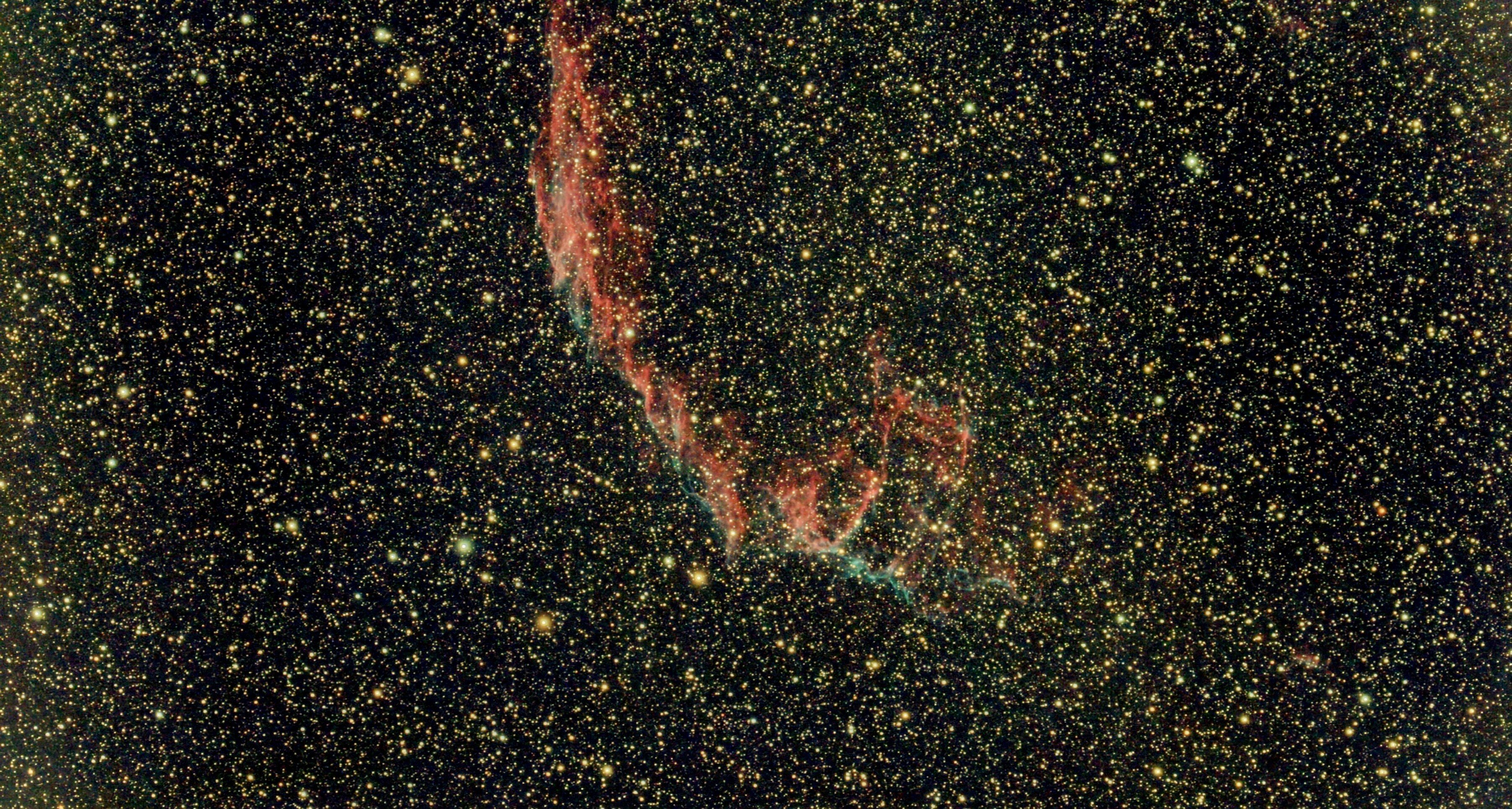Serious question, because I’m not an immunologist: didn’t we eradicate polio? How do we keep finding it in weird places every once in a while? Is it actually just that good at surviving in adverse, ex vivo conditions?
There’s plenty of infectious agents that can just lay dormant almost indefinitely.
There’s major concern about viruses coming from the melting permafrost in regions like Siberia.
If you want to hear something even more terrifying, prions can last about indefinitely. Chronic wasting disease in deer is particularly bad because a deer might die and its remains will decompose into the earth. But vegetation will later grow, and some of those prions will have contaminated the new vegetation. A new deer will get infected by eating that vegetation, even years later.
Technically, it’s never been proven that deer can contract CWD from the ingestion of plants. Although, apparently mice and hamsters can.
But, prions suck. Even bleach won’t kill these bastards.
Hell, although there’s no real, strong evidence to suggest it actually has made the jump, and research has shown it would be really difficult, its probably not impossible. If you ENTERTAIN the stories about the people suspected of possibly contracting CWD, it’s even more scary. (Yes, I know the study does more to disprove human infection, than not, but it does a good job of outline suspected cases)
I did not know this. Thanks for the nightmare fuel.
Just to lessen to concern about the permafrost viruses. Those viruses are frozen since very long ago, and are certainly not adapted to any life as it is now on the planet or especially in the area they are found. Which also means, unlikely to infect a human just because they come in contact.
Of course viruses can adapt, but this basically has a similar risk as the bird flu jumping over to humans. Potentially even less since these viruses may not even be able to infect any lifeforms from the start.
Isn’t that non-adaptation a double-edged sword? Sure, the viruses aren’t adapted to humans. But likewise humans aren’t adapted to these forms of viruses. So while the chances of infection may be lower, the immune system won’t have any adequate answer to it.
No, that’s not really how it works. They are still “conventional” viruses and the immune system is as good or as bad against them as against others. They still need to infect to be successful themselves and that chance is definitely lower.
Chance of infection is a bit of a binary choice, they cannot just infect a cell in your body “a little bit”. They are either adapted or not. Now if they manage to jump into an animal that is close to what they originally infected, then mutate enough within those animals to get close to infecting a human, then we might have a problem on our hands. But as I said, we already have that with e.g. the bird flu.
That’s interesting. Last year I visited an exhibition in Windischeschenbach / Germany where they drilled a hole that is more than 9000 meters deep to analyze the layers of the soil. There they said that they also penetrated several water basins while drilling that were completely isolated for billions of years. Still they didn’t find a single biologist willing to analyze these water samples. The reason that was given to me was that the liquid may contain completely unknown and highly dangerous bacteria, viruses etc.
Permafrost to me is quite similar to these underground water basins in terms of isolation over a long period of time. So that’s what I based my original claim on.
But I’m neither an expert in geology nor biology, so I can’t judge the potential risk.
I mean, it’s not wrong. There is a chance and obviously a scientist might not want responsibility over securing samples properly. It’s just the chance of something bad happening is really low and certainly much lower than any doomsday person is making up.
Give it here I’ll drink it.
E: Taste identical to Glacial Cherry Gatorade.
Ugh, BORING! They apparently passed up on the opportunity to do real life The Andromeda Strain!
It seems like you’re talking about viruses that are new to us, unadapted as you’ve said.
I would suggest that the concern is more for these viruses that don’t need to adapt, such as polio. Viruses that humans have been getting all along, but now the melting permafrost is a new, surprise vector. As well, there are viruses that are perhaps unknown to us, but which were not unknown to our ancestors. Such a viruses may be laying dormant in the permafrost, and ready to wipe us out. No adaptation required.
Thanks for the clarification!
Polio still exists, primarily in Afghanistan and neighbors if I remember correctly.
And it’s because the CIA used vaccination drives as cover, which was eventually found out, and of course make people skeptical of American vaccination missions going forward. Genuinely one of the stupidest fucking calls the CIA has ever made - and they’ve made a lot of those (coughIRANcough).
coughIRANcough
Oh, that sounds like a bad cough. I might have a lozenge.
One vector is that it can lay trapped in permafrost for millenia. And the permafrost is melting.
I wonder if it was on purpose even? I have zero evidence of such, just wondering…
Why would they bother with polio when they can just bomb them with impunity?







